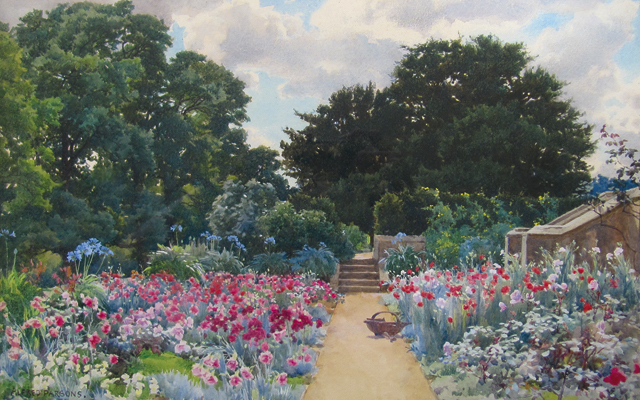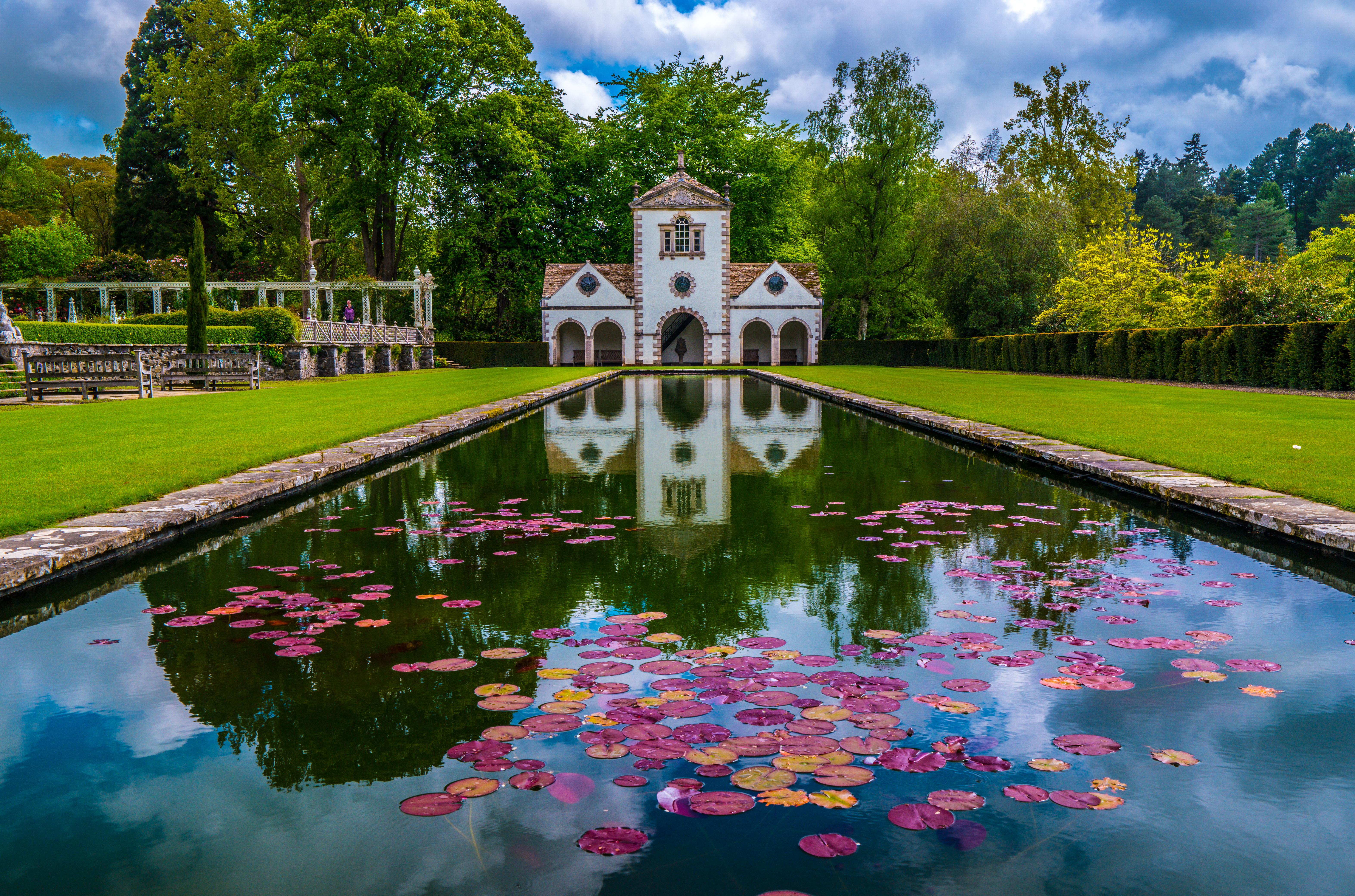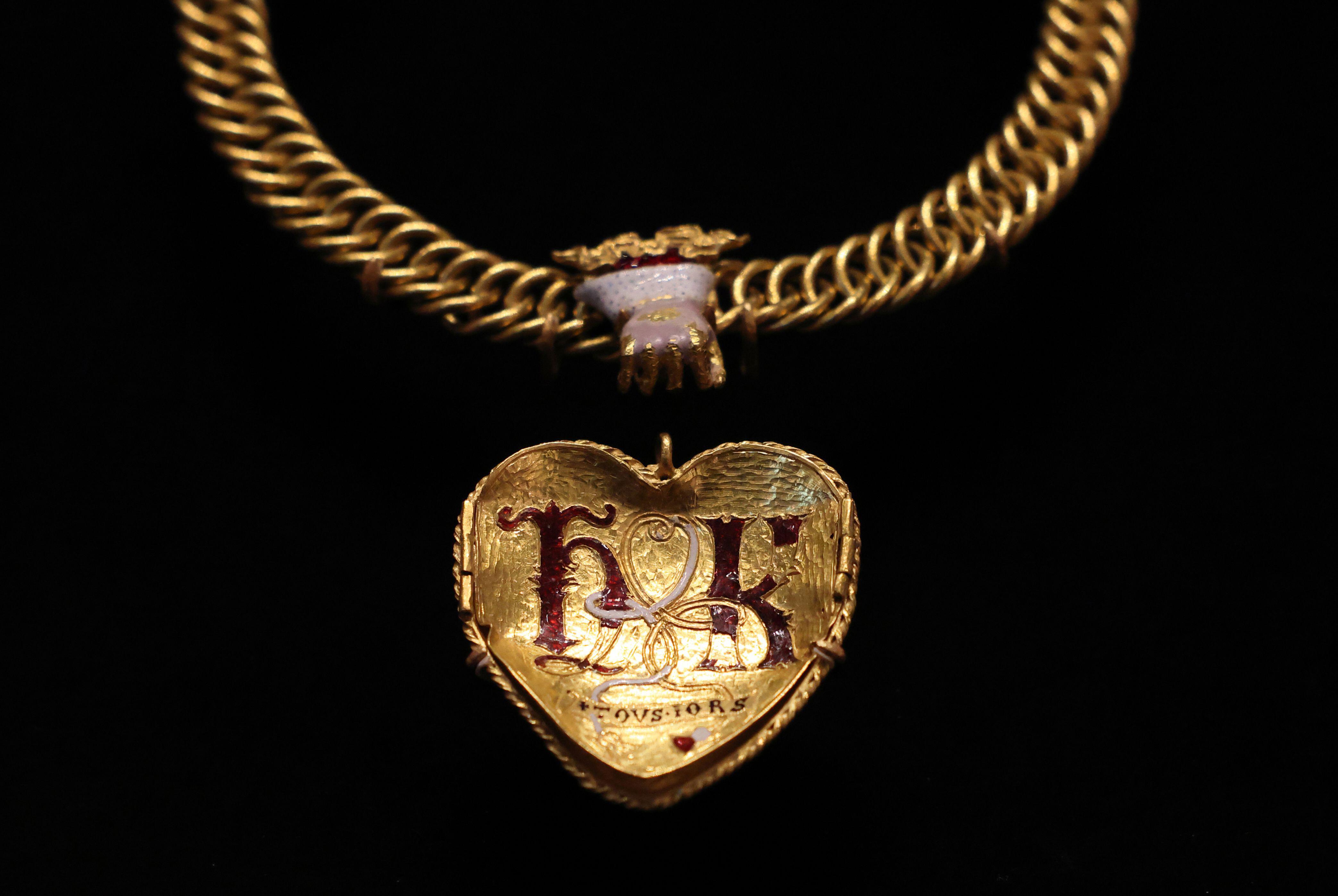How to grow garden pinks
Garden pinks? The more the merrier, says Tom Coward.

Dianthus have long been among my favourite plants, especially the familiar Garden Pink. Its pretty silver foliage has year-round appeal and its beautiful flowers are some of the best scented blooms in the garden. Best of all, pinks are easy to grow, having all the charms of a carnation without its fussy demands, while offering a longer flowering season.
We’ve grown pinks as edging plants in the kitchen garden for many years, as they give a brilliant display through the summer and also provide ample cut flowers and buttonholes. But in the 1880s, when the gardens at Gravetye were originally planted, William Robinson used pinks as a major component of his flower-garden design.
This is best illustrated by some beautiful watercolours of the garden in ‘pink season’, painted by Alfred Parsons. The paintings are so charming that I thought we might try to re-create the displays by planting pinks around the manor again this spring.
Pinks are really quite simple to grow, provided that they have plenty of sun, drainage and sufficient alkalinity in the soil. If the soil pH is below the neutral point of 7.0, then lime should be added when planting. Heavy soils are a disadvantage, but drainage can be improved by working in grit and compost or even by constructing raised beds.
The biggest problem I have found when growing pinks is that rabbits seem to love them more than any other plant. Therefore, we’re planting ours in large drifts in our ‘little garden’, which is a walled space directly outside the manor’s bar. With luck, there will be enough late-night drinks parties and comings and goings to deter our furry friends. It should be a perfect spot for the plants, having a light, sandy soil, and is exactly where Parsons painted them, more than 100 years ago.
It would be tempting to select the same varieties that Robinson used in his day, but this little plant has come a long way in the past century. In the past, pinks gave only one, impressive but short, burst of flowers in June. However, just after the First World War, Montague Allwood hybridised his pinks with the perpetual carnation at his nursery in Sussex, creating Dianthus x allwoodii. The progeny of this cross start flowering in June and continue giving flushes of flowers throughout the summer, rather like a Hybrid Tea rose.
There are now hundreds of modern, long-flowering varieties, many of which are available from the Allwoods nursery. We’ve tried many pinks over the years in our kitchen garden, but a few that stand out are Doris, a tough old variety with mid-pink, semi-double flowers; Widecombe Fair, a Champagne pink with amazing perfume; and aromatic Old Red Clove.
Exquisite houses, the beauty of Nature, and how to get the most from your life, straight to your inbox.
Youth suits these plants, so they’re best replaced every three years or so, before they become straggly. We usually take cuttings each year, to ensure a succession of young plants, any time from May to August. To give the cuttings the best chance, we always water thoroughly the day before, selecting strong, non-flowering shoots to cut in the cool of the morning or evening.
As soon as they’re collected, they’re labelled and taken directly to the shade of the potting shed for preparation. This is done by removing the lower leaves and cutting the stem with a very sharp clean knife just below the node, resulting in cuttings 3in–5in long depending on the material available. After this, the cuttings are put in a pot of seed compost, fitting as many in the pot as possible without them touching, and then kept in a cold frame.
The next three to four weeks are the critical time, as they’re quite vulnerable while trying to create roots and should be checked each day. Careful watering is the key: never allow them to dry out, but they must never be over-watered. We keep ours shaded in all but the gloomiest days, but after they’ve rooted, they can be potted on, hardened off and pinched out to make them bushy.
It may sound a bit of a fiddle, but, once you have the knack, pinks really are very easy and there’s nothing more satisfying than producing your own plants from cuttings.

A month-by-month guide to the most beautiful gardens to visit in Britain
Some gardens are even better in winter. Read our list of the best gardens to visit all year round.
How to grow fritillaries
Botanical artist and Fritillaria specialist Laurence Hill reveals his top tips.
-
 Can you buy happiness? The latest list of Britain's happiest places, and what you could end up with if you moved there
Can you buy happiness? The latest list of Britain's happiest places, and what you could end up with if you moved thereCan you buy happiness? Of course not, but you can buy a nicer house in a better town... and, well, that's probably going to help quite a bit.
-
 Is the British Museum's attempt to save a Tudor-era pendant with links to Henry VIII proof that the institution is on the up?
Is the British Museum's attempt to save a Tudor-era pendant with links to Henry VIII proof that the institution is on the up?After years of neglect and controversy, Britain's premier cultural institution seems to be finding its feet again.